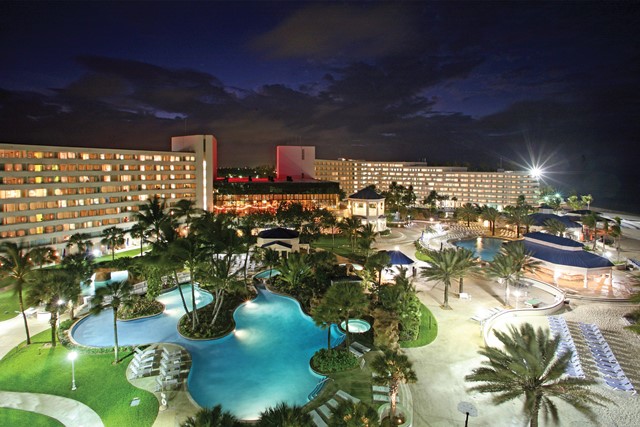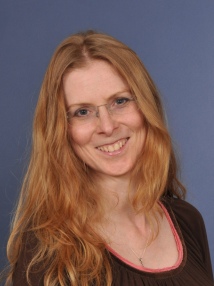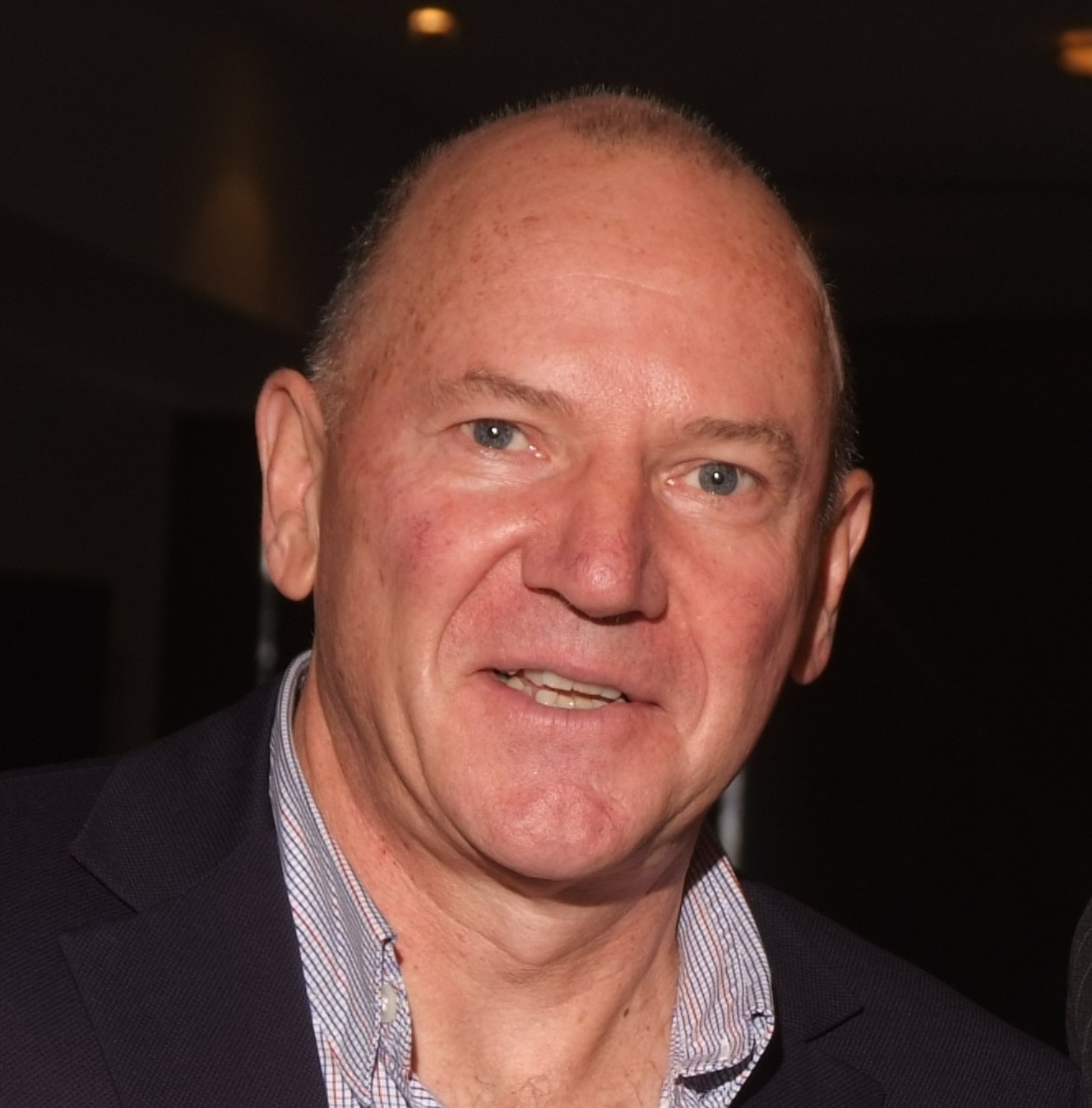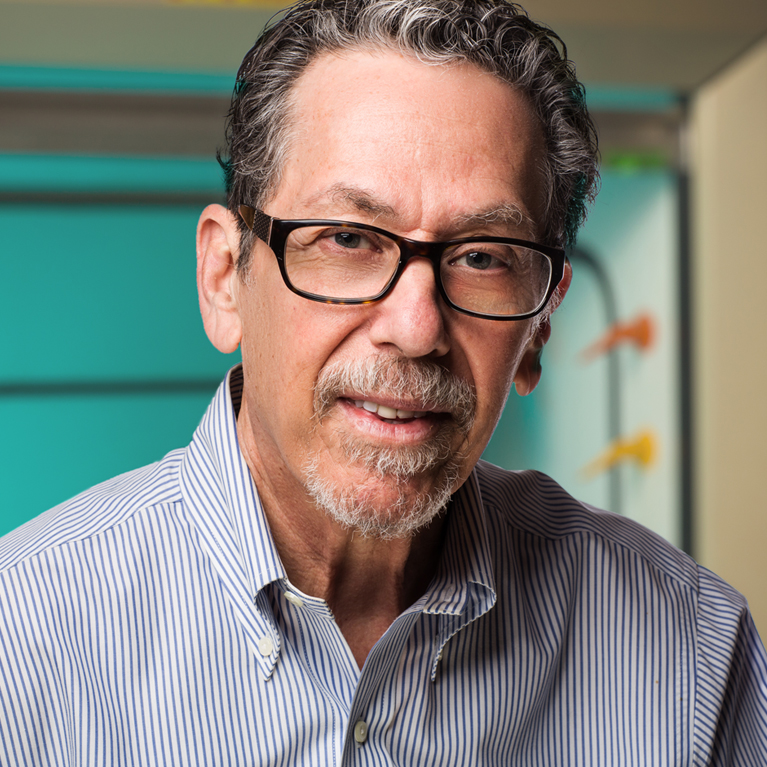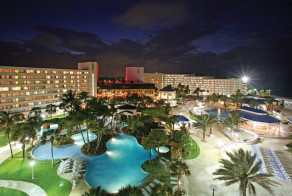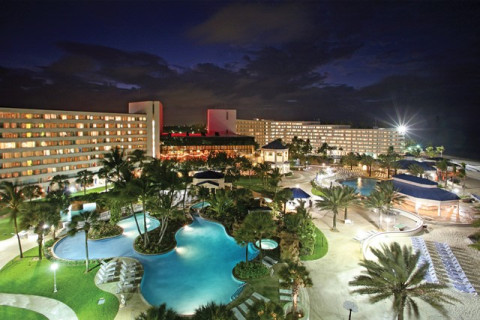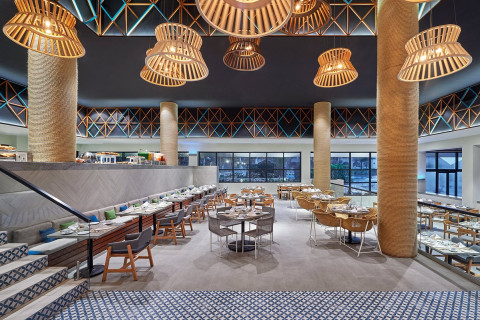- Home
- Past Conferences
- 2nd Nuclear Receptors Conference
2nd Nuclear Receptors Conference
New Roles for Nuclear Receptors in Development, Health and Disease #NR2020
24 Feb - 27 Feb 2020
Nassau, Bahamas
Early Bird - Expired • Talk Submission - Expired • Poster Submission - Expired • Registration & Payment Deadline - Expired
Report
The second Fusion conference on Nuclear Receptors in Health, Development & Disease was held in Nassau, 24-27 Feb 2020 and was an outstanding success. The focus of the meeting was on defining the state of the field and its impact, past, present and future, on diverse areas of biology and healthcare. Reflecting this, our keynote speaker was the hugely influential Ron Evans, first to clone a nuclear receptor (the glucocorticoid receptor) 35 years ago. His talk recalled the serendipity of collaborations and competition that facilitated the discovery and cloning of this exciting transcription factor superfamily, noting the seminal contributions of others talking at the meeting such as Wayne Tilley (androgen receptor), Vincent Giguere, David Moore, John Cidlowski and Geoff Greene (estrogen receptor). He then moved on to his most recent intriguing work on the bile acid receptor FXR, and its role in colon cancer, coining a term new to us – the “bileome”! Another legend in the field – Benita Katzenellenbogen – gave a tour de force talk “Estrogen Receptors in Breast Cancer, and Overcoming Therapy Resistance and Aggressiveness Factors”
The meeting attracted a total of 65 participants from the USA, Canada, Australia, Sweden, France, Switzerland, Spain, The Netherlands, Germany and the United Kingdom. We were also extremely proud to have had a predominate female attendance of 52%.
The opening session on nuclear receptors in cancer sparked a lively, interactive and inclusive panel debate. A subsequent session on translating NRs to the clinic reflected the expanding use of nuclear receptors as drug targets, and cancer also featured largely here. A heated debate ensued on how efficiently we should be looking to inhibit steroid receptors in endocrine cancers – could we be driving the disease to a therapy resistant state, and what are the alternatives?
Other sessions enlightened us on nuclear receptor roles in fertility and reproduction, with not only steroid receptors but some less obvious suspects, such as liver X receptors, being implicated in fertility conditions. Metabolism and adrenal gland function will both impact on cancer, fertility and a host of other conditions and systems, and David Moore, Saskia van Mil and Gary Hammer showed us some fascinating unpublished new data on NRs in these contexts. The immune system, likewise, has an overarching effect and Inez Rogatsky presented compelling work on NR cofactors in neuroinflammation, with implications for multiple sclerosis. The effects on the brain of NR activation and antagonism is an aspect that is coming to the fore in clinical use, and fascinating talks from Jessica Tolkuhn and Holly Ingraham gave all present much to discuss – in the panel discussion and also during the social networking breaks. Our final session, on new advances in the field, highlighted not only new methodology but also featured paradigm – busting work on how type 2 nuclear receptors function, from Irina Bochkis (UVA). Throughout the meeting another hot topic of discussion was the gender imbalance in many conditions and diseases, attributable doubtless to the effects of steroid hormones and impacting on treatment and trial design.
The participants at the meeting were a healthy mix of eminent PIs, up and coming faculty and outstanding postdocs and postgraduate students. The talks reflected this, with 18 invited speakers, 17 selected from abstracts, including 2 given by students. Students also benefitted from a networking lunch with our Keynote and other field leaders, including representatives from industry and publishing. Our amazing sponsors happily contributed to this as well as to the meeting as a whole, their attendees being much in evidence during the sessions as well at the social events! We were very happy to welcome Mehrad Tavalli from Foundation Medicine, Ann Greer from Janssen and Alison Pope from Society for Endocrinology Journals to thank them for being such an integral part of the meeting.
Networking opportunities were readily available, with time in the afternoons for mini-meetings, sporting competitions and excursions. Three poster sessions afforded time to talk in depth about ongoing studies, and 4 of the many excellent posters were selected for a prize, 2 of the prizewinners being postgraduate students. At the start of the meeting, a “Meet the Poster Presenter” session allowed each to briefly introduce themselves and their work, which both the presenters and the wider audience found hugely helpful to prime subsequent discussion. The gala dinner was well attended and featured some enthusiastic Bahamian dancing, impromptu karaoke, and after-partying until the small hours. The venue, on white sands with cooling breezes, was a beautiful backdrop for this as for the whole conference. The crystal-clear sea was a great place to cool off, relax and for some, meet a very friendly but large Shark swimming in the bay trying to catch conference truants for lunch!
Meeting organisation ran smoothly, any hiccups being swiftly sorted by the ever-present, responsive and efficient Fusion team headed for us by Amy Johnson who did an excellent job, especially as it was her first Fusion meeting.
The feedback has been overwhelmingly positive and all felt the meeting to be enormously useful in assessing state of play of this important field and fostering new as well as nurturing existing collaborations to drive the research forward.
A fantastic blog was also written by postdoc Amy Mandigo (Thomas Jefferson University) highlighting the importance of the meeting from an early-career perspective. “Fusion never disappoints. The meetings are always very well organized with a lot of attendee interaction. The casual environment and generous amounts of free time really fosters an ideal environment for networking and building long term relationships with both established advisors as well as early-career trainees/peers in the field.”
We are therefore keen to hold a 3rd meeting in 2022 and welcome suggestions for topics, speakers, sponsors, and networking events!
Synopsis
Nuclear Receptors are, physiologically and pharmacologically, a critical superfamily of transcription factors. They drive key processes at every stage from development and reproduction to ageing and cancer. They are critical determinants of everyday health via their roles in metabolism and circadian rhythms. Nuclear receptors allow external factors to influence cellular pathways and the fact that many bind and are activated by small molecules means they represent highly druggable targets; currently, 13% of FDA-approved drugs target nuclear receptors.
This meeting will address the new roles and novel crosstalk mechanisms that are emerging for many of the 48 human nuclear receptors, in health and disease. For example, it has long been known that the estrogen receptor drives progression of breast cancer, and patients with estrogen receptor-positive disease are treated using antiestrogens or aromatase inhibitors to inhibit estrogen signalling. Now however, it is apparent that the androgen receptor can in some cases drive breast cancer progression and is a therapeutic target, resulting in clinical trials for androgen receptor-targeting therapies in advanced breast cancer. The androgen receptor, itself long the main therapeutic target in prostate cancer, is emerging as a key player in metabolic disease, while conversely other nuclear receptor including the glucocorticoid receptor and several orphan nuclear receptors are implicated in prostate cancer progression. Meanwhile, given the impact of many nuclear receptors on the central nervous system, it is unsurprising that they are being explored in the context of neurological disorders and depression. Thus there is wide scope for re-purposing of licensed drugs and development of new NR-targeting therapies for a host of conditions and diseases.
Crosstalk between nuclear receptors and other fundamental processes is another exciting expanding area that will also be covered. DNA damage repair pathways are inextricably linked to steroid signalling via transcriptional processes, with implications for drug combinations in several diseases. Hitherto unsuspected roles of nuclear receptors in epigenetic control and the processing and function of non-coding RNAs opens up to capacity of this superfamily to further means of impacting on development and normal functioning, but also on disease development.
This unique meeting will bring together many of the leading figures in nuclear receptor research from across the globe, to discuss emerging roles and their implications for health and disease – and both human and drug development – in an intimate meeting that will generate meaningful idea exchange and interaction that will help to further shape this influential field.
Key Sessions
- Nuclear receptors and cancer
- Nuclear receptors in reproduction, development and metabolism
- Nuclear receptors in central systems
- Translating nuclear receptors to the clinic
- Nuclear receptors in non-malignant disorders
- New advances in nuclear receptors research
Student Offer
Take advantage of this fantastic opportunity for students! Register an academic and bring a student for only $850. Unfortunately, Postdocs are not eligible. Both registration packages include; accommodation for the 24, 25, 26 February 2020 (on a shared basis for students) and a 24hour all-inclusive food and beverage package for the conference period. Once registered, please contact Amy Johnson to obtain a special registration link for your student.
Confirmed Keynote Speaker:
Ronald Evans (Salk Institute)
THE NUCLEAR RECEPTOR SUPERFAMILY: PHYSIOLOGY’S ROSETTA STONE
Confirmed Invited Speakers:
Mohamed Bentires-Alj (University Hospital, Basel)
BREAST TUMOR HETEROGENEITY: ACT LOCALLY, THINK GLOBALLY
Charlotte Bevan (Imperial College London)
LIVER X RECEPTOR IN MALE REPRODUCTION
Jason Carroll (University of Cambridge)
NEW INSIGHTS INTO ESTROGEN RECEPTOR GENE REGULATION IN BREAST CANCER
Edwin Cheung (University of Macau)
NUCLEAR RECEPTORS AND COREGULATORS IN GENE TRANSCRIPTION
John Cidlowski (National Insitute of Enviromental Health Sciences)
Vincent Giguère (McGill University)
TRANSCRIPTIONAL CONTROL OF BIOENERGETICS PATHWAYS BY NUCLEAR RECEPTORS
Geoffrey Greene (University of Chicago)
NOVEL STRATEGIES FOR THE TREATMENT AND PREVENTION OF ER-POSITIVE BREAST CANCER.
Gary Hammer (University of Michigan)
ENIGMA OF THE ADRENAL SHH PROGENITOR
Stephan Herzig (Helmholtz Diabetes Center)
COORDINATION OF SYSTEMIC METABOLISM BY NUCLEAR RECEPTOR COMPLEXES
Holly Ingraham (University of California, San Francisco)
HORMONE-SENSITIVE NEUROCIRCUITS IN FEMALE PHYSIOLOGY
Karen Knudsen (Thomas Jefferson University)
TARGETING DNA REPAIR FACTOR ALTERATIONS IN PROSTATE CANCER: NEW NODES FOR THERAPEUTIC INTERVENTION
Benita Katzenellenbogen (University of Illinois and College of Medicine)
ESTROGEN RECEPTORS IN BREAST CANCER, AND OVERCOMING THERAPY RESISTANCE AND AGGRESSIVENESS FACTORS
Anastasia Kralli (Johns Hopkins Medical School)
REGULATORY PATHWAYS THAT CONTROL ADAPTIVE METABOLIC RESPONSES IN ADIPOSE AND SKELETAL MUSCLE TISSUES
Lee Kraus (UT Southwestern)
MOLECULAR MECHANISMS OF ESTROGEN SIGNALING IN HORMONE-RESPONSIVE TARGET TISSUES
Susanne Mandrup (University of Southern Denmark)
MOLECULAR DETERMINANTS OF PPARgamma SUBTYPE SPECIFIC ACTIONS
David Mangelsdorf (University of Texas)
TARGETING NUCLEAR RECEPTOR REGULATION OF PARASITIC DISEASES
Donald Patrick McDonnell (Duke University)
MECHANISM BASED DRUG DISCOVERY OF ENDOCRINE THERAPIES FOR BREAST AND PROSTATE CANCER
David Moore (Baylor College of Medicine)
TARGETING NUCLEAR RECEPTORS TO TREAT INFLAMMATORY BOWEL DISEASE
Ciara Metcalfe (Genentech)
QUIETING THE ESTROGEN RECEPTOR FOR THERAPEUTIC BENEFIT IN ER+ BREAST CANCER
Inez Rogatsky (Hospital for Special Surgery and Weill Cornell Medical College)
THE ROLE OF TRANSCRIPTIONAL COREGULATOR GRIP1/NCOA2 IN NEUROINFLAMMATION
Wayne Tilley (University of Adelaide)
AGONISING OVER ANTAGONISING AR IN ER-POSITIVE BREAST CANCER
Carol Sartorius (University of Colorado)
PROGESTERONE RECEPTOR REGULATION OF BREAST CANCER HETEROGENEITY
Target Audience
Scientists and Clinician Scientists at a range of levels from postdoctoral and up: Principal Investigators, Junior Team Leaders, Research Fellows. Ambitious postgraduate students in the field will also be encouraged to attend.
Relevant specialties are wide-ranging, reflecting the importance of nuclear receptors in many aspects of health and disease. These include Endocrinology, Oncology, Paediatrics, Urology, Gynaecology, Obstetric Medicine, Neuroscience, Cardiology.
Educational Need
Since the first cloning of the nuclear receptors in the 1980s, they have been the subject of detailed molecular investigation due to their critical roles in every aspect of cellular and physiological functioning. This has led to enormous progress in our understanding of how external factors can act via nuclear receptors to drive processes such as development, metabolism, reproduction, sexual function, and influence diseases such as metabolic syndrome, depression and cancer. Currently, around 13% of FDA-approved drugs target nuclear receptors, reflecting their unique druggability among transcription factors and pharmacological importance. Although we have known for some time that growth factor signalling can influence nuclear receptor signalling and vice versa, over the last few years, some hitherto unsuspected roles for nuclear receptors have emerged. Notable among these is the crosstalk between steroid receptors and DNA damage repair pathways, and more recently the mutual regulation between nuclear receptor signalling and microRNA action, which has far-reaching implications. Further, it is increasingly apparent that nuclear receptors have influence and action outside of the roles we have traditionally ascribed to them, and can drive processes and diseases either in normal function or in as a consequence of advanced disease (e.g. androgen receptor driving some forms of breast cancer, or glucocorticoid receptor “hijacking” androgen receptor-driven transcription in some advanced prostate tumours). There is an urgent need for integration of this knowledge across the many disciplines which nuclear receptors impact – although endocrinology meetings can combine many of these they do not encompass al. Further, as nuclear receptor research is frequently marginalised at these meetings, they are not traditionally well attended by, for examples, those in the hormone-dependent cancer field or neuroscientists. This meeting will bring together the scientists and clinicians who have made these surprising discoveries, those who are further delineating the novel mechanisms and those who are applying the new knowledge in clinical development, to discuss the ramifications and implication, the common ground and the idiosyncrasies. There is an urgent need to use this knowledge to drive both drug repurposing for existing nuclear receptor-targeted therapies, and new drug development. The intimate venue and small size will provide a unique platform for new collaborations to be formed and existing ones cemented, and meaningful knowledge and idea exchange, to really drive the next decade of research in this important area.
Confirmed Speakers
Chairs
Invited Speakers
.jpg)
Gary Hammer
Clinician/Researcher, University of Michigan
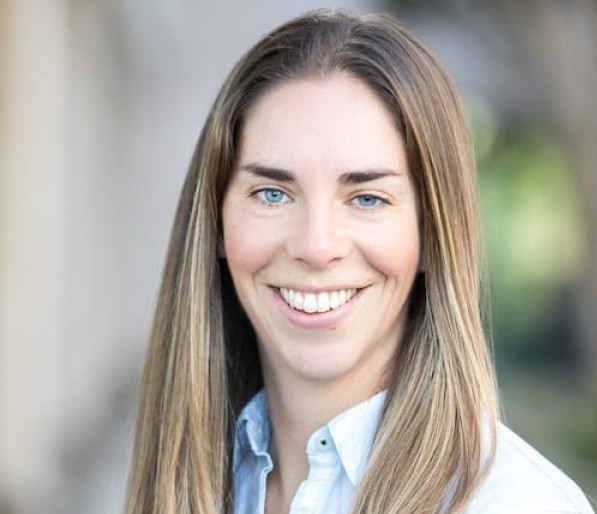
Ciara Metcalfe
Scientist, Genentech
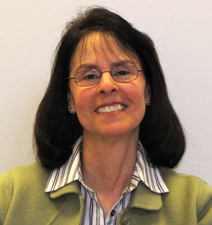
Benita Katzenellenbogen
Professor of Physiology and Cell Biology, University of Illinois at Urbana-Champaign

Mohamed Bentires-Alj
Professor of Experimental Surgical Oncology, University of Basel
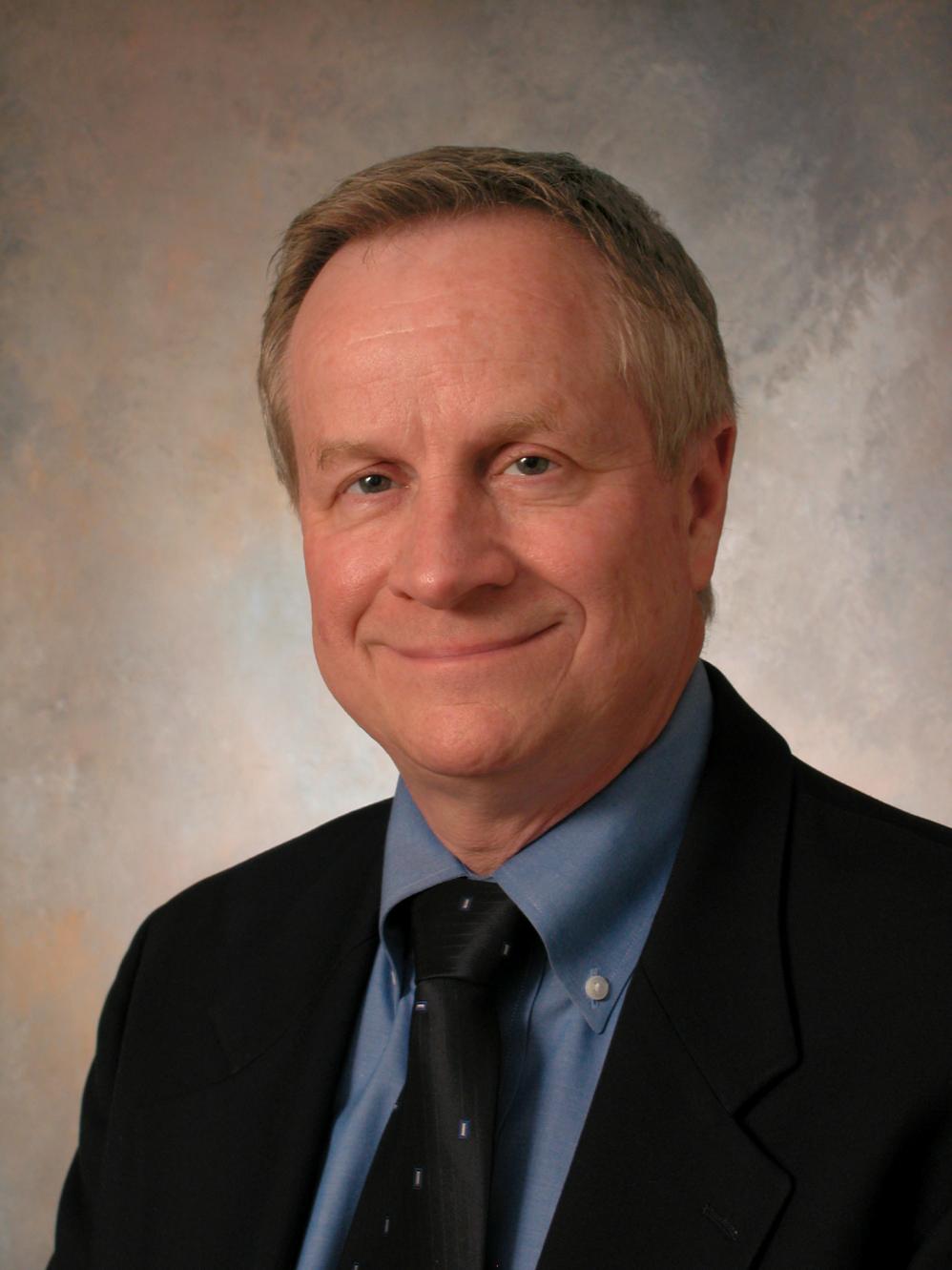
Geoffrey Greene
Professor and Chair, University of Chicago
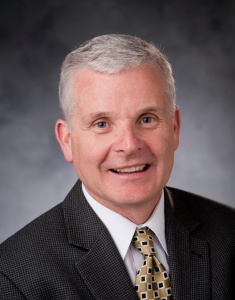
Donald McDonnell
Professor and Chairman, Department of Pharmacology and Cancer Biology, Duke University School of Medicine

John Cidlowski
Chief, NIH/NIEHS

David Mangelsdorf
Professor, University of Texas Southwestern Medical Center
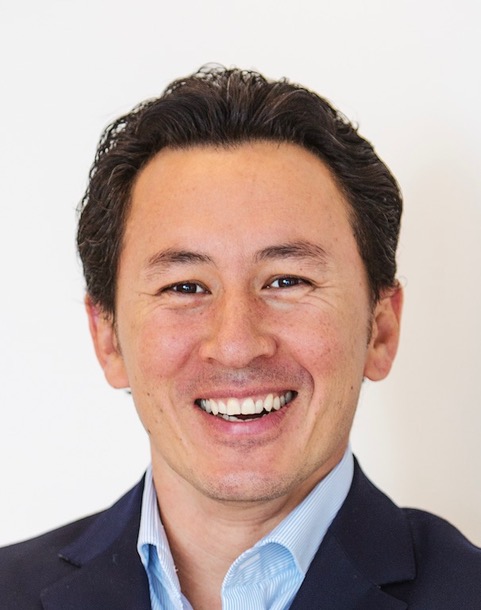
Jason Carroll
Professor, University of Cambridge
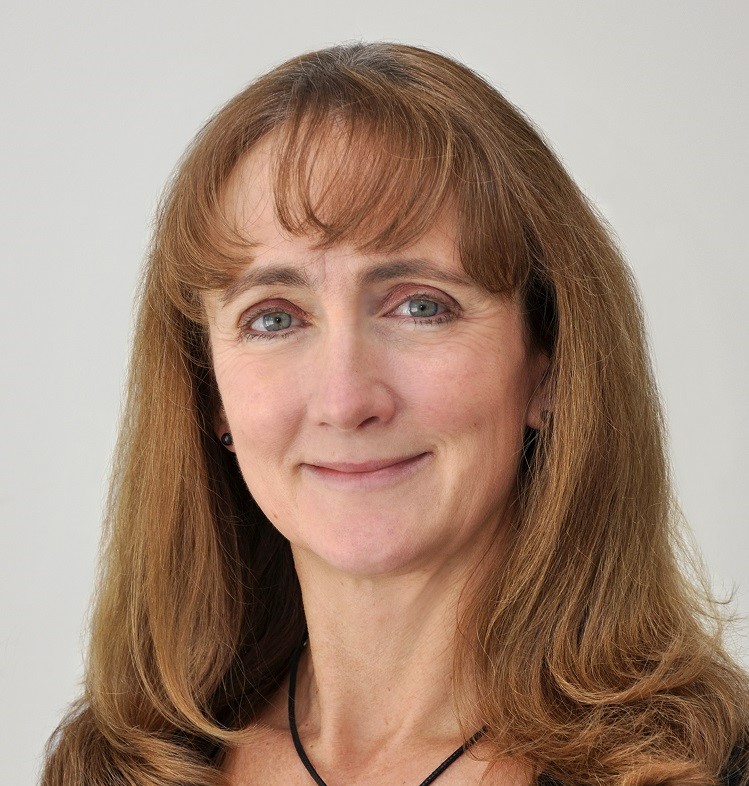
Carol Sartorius
Professor, University of Colorado Anschutz Medical Center

W. Lee Kraus
Professor and Director, UT Southwestern Medical Center
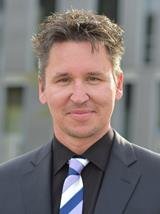
Stephan Herzig
Director, Helmholtz Diabetes Center

Vincent Giguère
Profesor, Goodman Cancer Research Centre
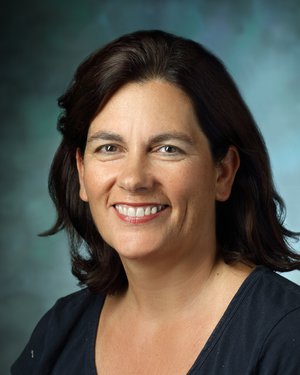
Anastasia Kralli
Professor, Johns Hopkins University
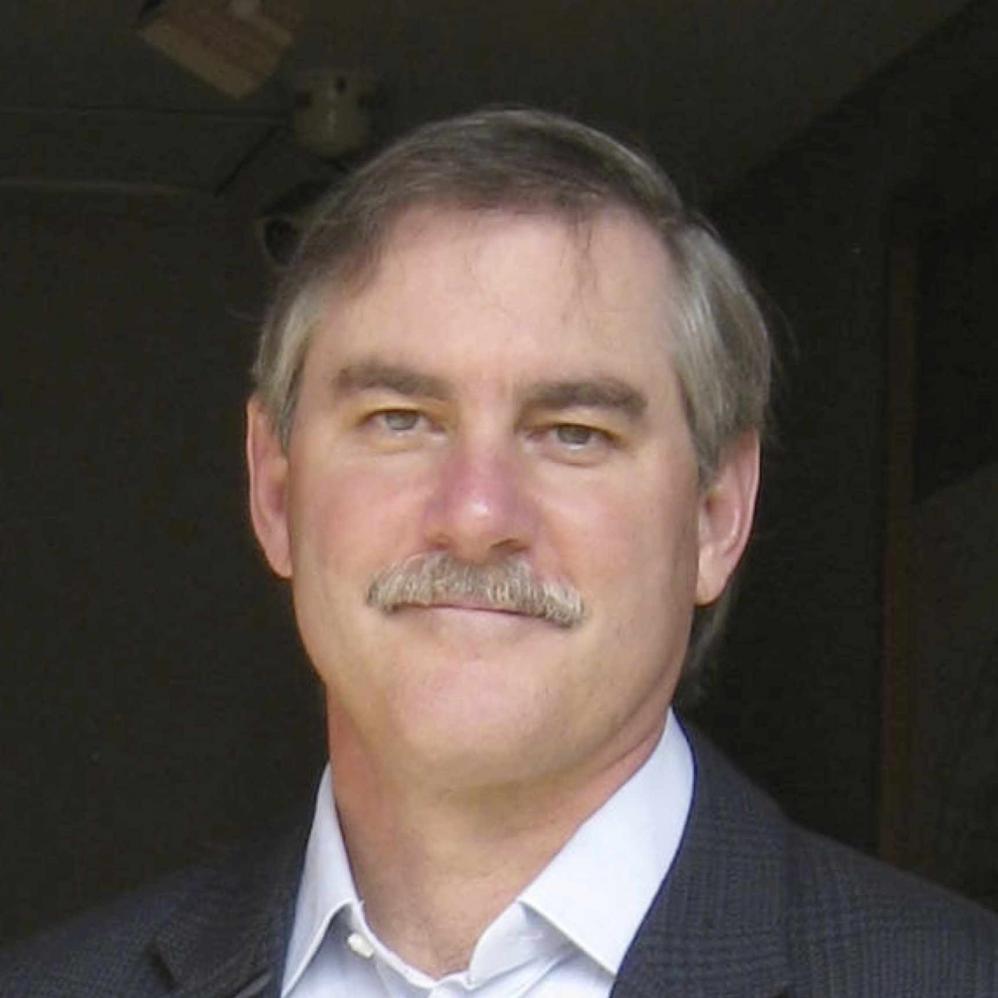
David Moore
Professor, Baylor College of Medicine
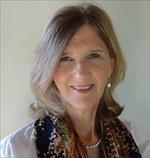
Holly Ingraham
Professor and Vice Chair, UCSF
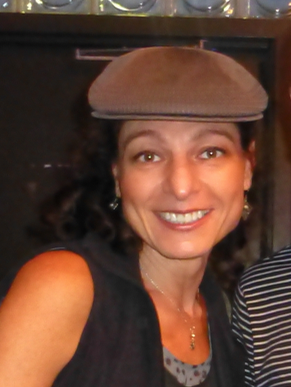
Inez Rogatsky
Professor, Senior Scientist, Hospital for Special Surgery and Weill Cornell Medical College

Daniel Gioeli
Associate Professor, University of Virginia
Programme
MONDAY 24TH FEBRUARY 2020 |
||
|
13:00 – 14:00 |
Student Networking Lunch |
|
|
14:00 – 15:00 |
Registration & Welcome Reception |
|
|
NUCLEAR RECEPTORS AND CANCER |
||
|
15:00 – 15:10 |
Opening Comments |
|
|
15:10 – 15:35 |
Wayne Tilley |
AGONISING OVER ANTAGONISING AR IN ER-POSITIVE BREAST CANCER |
|
15:35 – 16:00 |
Carol Sartorius |
PROGESTERONE RECEPTOR REGULATION OF BREAST CANCER HETEROGENEITY |
|
16:00 – 16:15 |
Isabella Goldsbrough |
INVESTIGATING THE FUNCTIONAL IMPORTANCE OF MUTATIONS IN THE ESTROGEN RECEPTOR-Α GENE PRESENT IN METASTATIC, ENDOCRINE-RESISTANT BREAST CANCER |
|
16:15 – 16:40 |
Mohammed Bentires-Alj |
BREAST TUMOR HETEROGENEITY: ACT LOCALLY, THINK GLOBALLY |
|
16:40 – 16:55 |
Ayesha Shafi |
CIRCADIAN CRYPTOCHROME 1 (CRY1) RHYTHMICALLY MODULATES DNA DAMAGE RESPONSE IN PROSTATE CANCER |
|
16:55 – 17:40 |
Refreshments |
|
|
17:40 – 18:05 |
Geoff Greene |
NOVEL STRATEGIES FOR THE TREATMENT AND PREVENTION OF ER-POSITIVE BREAST CANCER. |
|
18:05 – 18:20 |
Cecilia Williams |
INTESTINAL ESTROGEN RECEPTOR BETA SUPPRESSES COLON INFLAMMATION AND TUMORIGENESIS IN BOTH SEXES |
|
18:20 – 18:35 |
Hisham Mohammed |
MULTI-OMIC SINGLE-CELL APPROACH REVEALS TRANSCRIPTIONAL AND EPIGENETIC PLASTICITY IN HORMONE DRIVEN CANCERS |
|
18:35 – 18:50 |
Moray Campbell |
CONVERGENT EPIGENETIC TARGETING OF RARg RE-WIRES AR SIGNALING AND PROMOTES PROSTATE CANCER PROGRESSION. |
|
18:50 – 19:20 |
PM Panel Discussion |
|
|
19:20 – 19:50 |
Meet the Poster Presenters |
|
|
KEYNOTE – CELEBRATING 35 YEARS OF THE NUCLEAR RECEPTOR FAMILY Charlotte Bevan & Wayne Tilley |
||
|
19:50 – 20:25 |
Ronald Evans |
THE NUCLEAR RECEPTOR SUPERFAMILY: PHYSIOLOGY’S ROSETTA STONE |
|
20:25 |
Group Dinner |
|
TUESDAY 25TH FEBRUARY 2020 |
||
|
07:00 – 09:00 |
Buffet Breakfast at The Market Place |
|
|
NUCLEAR RECEPTORS IN REPRODUCTION, DEVELOPMENT AND METABOLISM |
||
|
09:10 – 09:25 |
Sarah Cunningham |
GLUCOCORTICOID REGULATED KCNA5 MEDIATES CELL CYCLE IN FETAL MEMBRANES |
|
09:25 – 09:50 |
Darryl Russell |
PROGESTERONE RECEPTOR TISSUE SPECIFIC MECHANISMS OF ACTION IN FEMALE REPRODUCTIVE ORGANS. |
|
09:50 – 10:35 |
Group Photo, Refreshments & Poster Viewing |
|
|
10:35 – 11:00 |
Vincent Giguerre |
TRANSCRIPTIONAL CONTROL OF BIOENERGETICS PATHWAYS BY NUCLEAR RECEPTORS |
|
11:00 – 11:25 |
Charlotte Bevan |
LIVER X RECEPTOR, THE TESTIS, AND MALE (IN)FERTILITY |
|
11:25 – 11:50 |
Gary Hammer |
ENIGMA OF THE ADRENAL SHH PROGENITOR |
|
11:50– 12:20 |
AM Panel Discussion |
|
|
12:20 – 16:35 |
Lunch at Leisure & Free Time |
|
|
NUCLEAR RECEPTORS IN CENTRAL SYSTEMS |
||
|
16:35 – 17:00 |
John Cidlowski |
PHYSIOLOGICAL AND MOLECULAR CROSSTALK AMONG NUCLEAR RECEPTORS |
|
17:00 – 17:25 |
Natasha Kralli |
REGULATORY PATHWAYS THAT CONTROL ADAPTIVE METABOLIC RESPONSES IN ADIPOSE AND SKELETAL MUSCLE TISSUES |
|
17:25 – 17:40 |
Saskia van Mil |
FXR ISOFORMS CONTROL DISTINCT HEPATIC METABOLIC FUNCTIONS VIA SELECTIVE DNA BINDING. |
|
17:40 – 17:55 |
Andrew Holding |
COMBINING MACHINE LEARNING WITH CHIP-SEQ TO PREDICT TRANSCRIPTION FACTOR INTERACTIONS. |
|
17:55 – 18:20 |
Holly Ingraham |
ESTROGEN SIGNALING IN THE HYPOTHALAMUS: IMPLICATIONS FOR WOMEN’S HEALTH |
|
18:20 – 18:50 |
PM Panel Discussion |
|
|
18:50 – 20:20 |
Poster Session & Refreshments |
|
|
20:20 |
Dinner |
|
WEDNESDAY 26TH FEBRUARY 2020 |
||
|
07:00 – 09:00 |
Buffet Breakfast at The Market Place |
|
|
TRANSLATING NUCLEAR RECEPTORS TO THE CLINIC |
||
|
09:00 – 09:25 |
Ciara Metcalfe |
QUIETING THE ESTROGEN RECEPTOR FOR THERAPEUTIC BENEFIT IN ER+ BREAST CANCER |
|
09:25 – 09:40 |
Claire Fletcher |
LONG NON-CODING RNA/MICRORNA INTERACTIONS COORDINATELY MODULATE ANDROGEN RECEPTOR SIGNALLING, DNA DAMAGE RESPONSE AND IMMUNE ACTIVATION IN ADVANCED PROSTATE CANCER |
|
09:40 – 10:05 |
Daniel Gioeli |
CELL CYCLE CHECKPOINT AND ANDROGEN RECEPTOR CROSS TALK |
|
10:05 – 10:30 |
Donald McDonnell |
MECHANISM BASED DRUG DISCOVERY OF ENDOCRINE THERAPIES FOR BREAST AND PROSTATE CANCER |
|
10:30 – 11:15 |
Refreshments & Poster Viewing |
|
|
11:15 – 11:40 |
Benita Katzenellenbogen |
ESTROGEN RECEPTORS IN BREAST CANCER, AND OVERCOMING THERAPY RESISTANCE AND AGGRESSIVENESS FACTORS |
|
11:40 – 11:55 |
Onno Meijer |
SELECTIVE GR MODULATORS AS POTENTIAL THERAPEUTICS AND RESEARCH TOOLS TO UNRAVEL GLUCOCORTICOID EFFECTS |
|
11:55 – 12:20 |
Inez Rogatsky |
THE ROLE OF TRANSCRIPTIONAL COREGULATOR GRIP1/NCoA2 IN NEUROINFLAMMATION |
|
12:20 – 12:35 |
Mehrad Tavallai |
COMPREHENSIVE GENOMIC PROFILING ILLUMINATES POTENTIAL THERAPEUTIC OPTIONS FOR HORMONE RECEPTOR-POSITIVE MALE BREAST CANCER |
|
12:35 – 13:05 |
AM Panel Discussion |
|
|
13:05 – 17:15 |
Lunch at Leisure & Free Time |
|
|
NUCLEAR RECEPTORS IN NON-MALIGNANT DISORDERS |
||
|
17:15 – 17:40 |
David Moore |
TARGETING NUCLEAR RECEPTORS TO TREAT INFLAMMATORY BOWEL DISEASE |
|
17:40 – 17:55 |
Jessica Tollkuhn |
ESTROGEN RECEPTOR GENE REGULATION IN THE BRAIN |
|
17:55 – 18:20 |
Stephan Herzig |
COORDINATION OF SYSTEMIC METABOLISM BY NUCLEAR RECEPTOR COMPLEXES |
|
18:20 – 18:50 |
Refreshments & Poster Viewing |
|
|
18:50 – 19:05 |
Eric Kalkhoven |
A NATURAL HUMAN LXRΒ VARIANT DISPLAYS BOTH LOSS- AND GAIN-OF-FUNCTION ACTIVITY |
|
19:05 – 19:30 |
David Mangelsdorf |
TARGETING NUCLEAR RECEPTOR REGULATION OF PARASITIC DISEASES |
|
19:30 – 20:00 |
PM Panel Discussion |
|
|
20:00 |
Gala Dinner & Poster Awards |
|
THURSDAY 27TH FEBRUARY 2020 |
||
|
07:30 – 09:00 |
Buffet Breakfast at The Market Place |
|
|
NEW ADVANCES |
||
|
09:00 – 09:25 |
Lee Kraus |
MOLECULAR MECHANISMS OF ESTROGEN SIGNALING IN HORMONE-RESPONSIVE TARGET TISSUES |
|
09:25 – 09:40 |
Cyrille de Joussineau |
DROSOPHILA ACCESSORY GLAND, A 3R-COMPATIBLE IN VIVO MODEL TO STUDY THE ROLE OF SEX STEROIDS IN EARLY TUMORIGENESIS |
|
09:40 – 09:55 |
Irina Bochkis |
ROLE OF FOXA2 IN LIGAND-DEPENDENT ACTIVATION OF NUCLEAR RECEPTORS |
|
09:55 – 10:20 |
Jason Carroll |
NEW INSIGHTS INTO ESTROGEN RECEPTOR GENE REGULATION IN BREAST CANCER |
|
10:20 – 10:45 |
Eva Estebanez-Perpina |
ACROSS THE SPECTRUM OF GR AND AR OLIGOMERIZATION COMPLEXES |
|
10:45 – 11:15 |
AM Panel Discussion |
|
|
11:15 – 11:30 |
Closing Comments |
|
Supported by
Interested in sponsoring this conference?
Contact usVenue & Location
Melia Nassau Beach All Inclusive
Overlooking one of the finest beaches in the world the Meliá Nassau Beach is surrounded by crystal blue waters and white sandy beaches. Located on the stunning Cable Beach, you are just a few minutes walk from the center, shops and restaurants. The beautiful Nassau Botanical Gardens are within easy reach (7km) and Lynden Pindling International Airport is situated only 9km away.
Throughout your stay delegates will enjoy a full meal plan, inclusive of beverages. Take your pick from Cilantro where you can experience the natural textures, aromas and flavors of Mexico, Nikkei, celebrated for its exquisite fusion of Japanese, Cantonese and Peruvian cuisine featuring a sushi bar and Teppanyaki tables, Estavida, an upbeat tapas lounge located in the hotel lobby serving innovative tapas and a wide selection of cocktails, Aqua, an A la carte restaurant specializing in exquisite, rustic Italian cuisine, The Market Place, where you will find an International buffet serving an array of exquisite dishes, O'Grille, an open air restaurant with fabulous views of the sea and pool serving casual beach fare and light bites and finally The Black Angus, a steakhouse featuring hip, contemporary jazz and modern decor, offering guests the finest quality prime cuts and the freshest ingredients.(This restaurant is not included in the all inclusive package, additional charges apply). The Gala Night takes place on the third evening of the conference with a mouth-watering feast of local cuisine, an open bar and amazing local entertainment. We welcome all delegates and their accompanying persons to the Gala Night – a truly fun filled night not to be missed!
Hotel Facilities
- 24 hour reception
- Room service
- 3 heated outdoor pools
- Complimentary resort wide Wi-Fi (guest rooms, throughout hotel, beach and conference areas)
- 24-hour Fitness Center
- 7 dining venues
- 4 bars.
- non-motorised water sports
The Bahamas is formed by over 700 islands, keys and islets located in the Atlantic Ocean and renowned for its warm sunshine, mild climate, fine, white sandy beaches, turquoise, crystal clear water and friendly people, making this the perfect environment to relax and unwind in your free time during the conference.
General Information
Venue Rating
★ ★ ★ ★
Currency
US Dollar (USD)
Address
Nassau W Bay St. Nassau Bahamas
Nearest Airport
Lynden Pindling International Airport
Location
The Melia Nassau Beach All-Inclusive is located right on the stunning Cable Beach just a few minutes away from the airport and city center; Nearby in Downtown Nassau you can experience the flavours of new foods at local restaurants, shop 'til you drop at Straw market or take a trip through time at the Pirates Museum. The beautiful Nassau Botanical Gardens are close by and water enthusiasts can enjoy non-motorized water sports right on property.
Nassau is the capital of the Bahamas. It lies on the island of New Providence, with neighboring Paradise Island accessible via Nassau Harbor bridges. The city has a hilly landscape and is known for it's fabulous beaches as well as its offshore coral reefs, popular for diving and snorkeling. It retains many of its typical pastel-colored British colonial buildings, like the pink-hued Government House.
If you are interested in this meeting but not yet ready to register, you can sign up for updates here and our team will keep you updated regarding deadline reminders and grant opportunities relating to this meeting only.
If you're interested in sponsoring this conference please contact us.
Conference Manager

Meredith Willmott
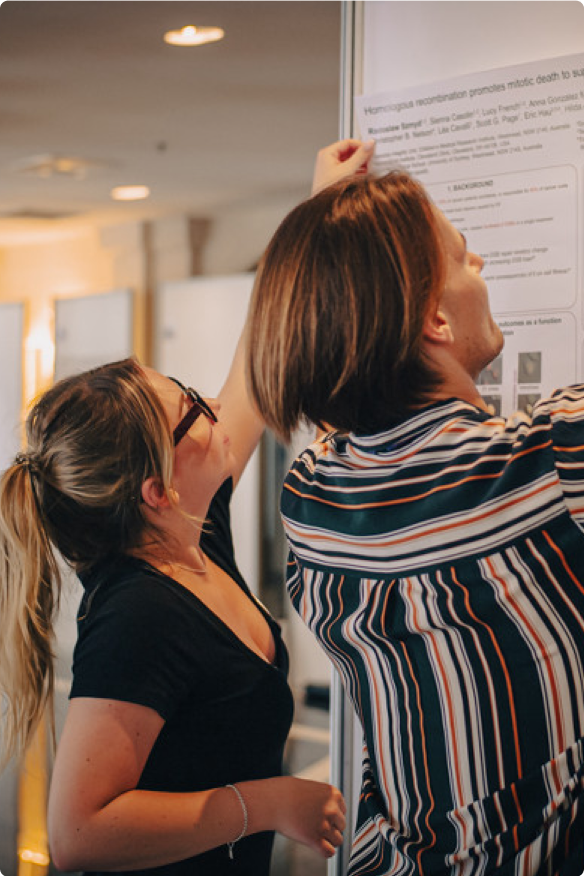

Need some help? Chat to the Fusion team today
As a family run business, our dedication runs deep. We’re committed to each other and, even more so, to every attendee’s experience, delivering a level of care and passion that’s truly unmatched.


